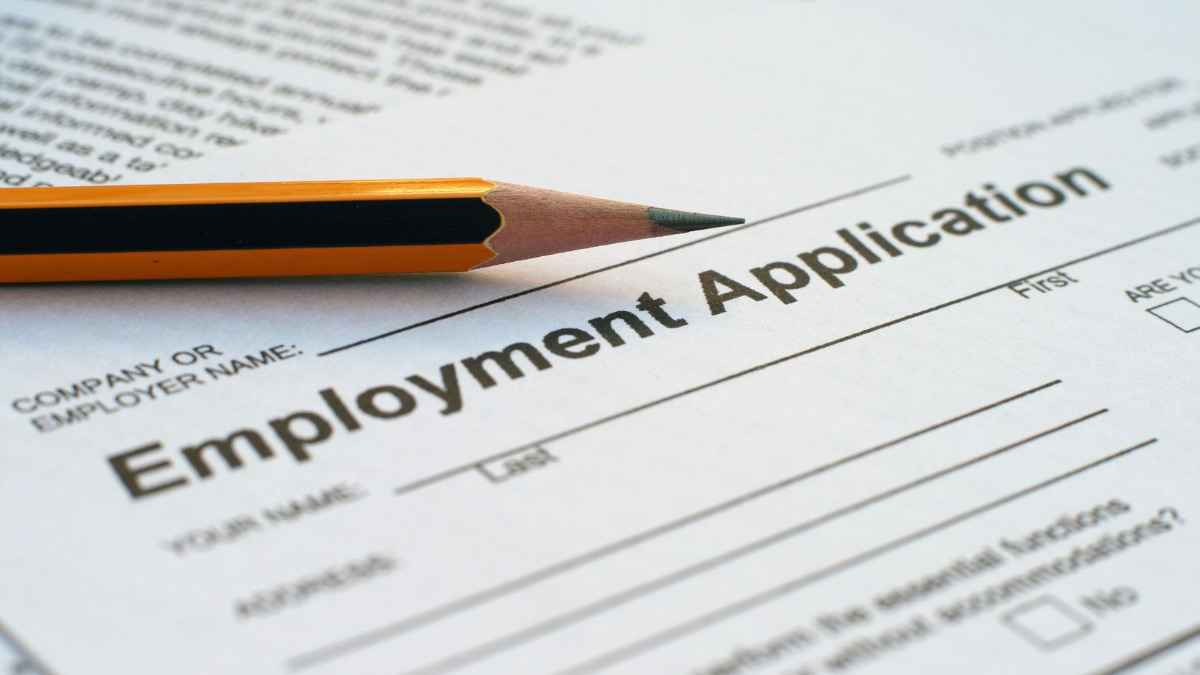In March of 1933, when the Great Depression had driven the U.S. economy to rock bottom, the unemployment rate stood at 25 percent: One in four Americans who had jobs in 1929 were queuing on bread lines rather than working on assembly lines.
The unemployment rate remained at historically high levels throughout the following decade. Despite massive increases in federal government spending under the programs of President Roosevelt’s New Deal, 14 percent of the labor force still had no jobs in 1941. Unemployment did not fall into single digits until after Pearl Harbor, when millions of men were drafted into the armed forces to fight the first axis of evil. Mobilizing America for global war, outfitting youngsters of the so-called Greatest Generation with military uniforms, equipping them with M-1 rifles and sending many to die in France’s hedgerows or the South Pacific’s jungles not only lowered the overall unemployment rate dramatically, but also drew millions of women into the workforce to help manufacture the armaments that, in some cases, would maim or kill their fathers, husbands, and sons.
Why did unemployment persist after FDR took the oath of office in March 1933 pledging to end Herbert Hoover’s perceived indifference to the visible economic hardships visited on hordes of his fellow citizens, epitomized by General Douglas MacArthur’s brutal routing of the “Bonus Army” gathered on the mudflats of Anacostia? Didn’t the alphabet soup of work relief programs the president subsequently launched—the Civilian Conservation Corps, the National Youth Administration, the Federal Emergency Relief Administration, and, especially, the Works Progress Administration, to name just a few such programs—create jobs for hundreds of thousands of unemployed Americans, providing them with sorely needed incomes without forcing them to suffer the stigmas of the dole?
To be sure, jobs financed at taxpayers’ expense were plentiful. But it is now little-known that, adopting a posture of honesty no longer affected by the Bureau of Labor Statistics, people on work relief during the 1930s were not counted as employed. As a matter of fact, the individuals listed on Depression-era work relief rolls were not included in the labor force at all
Nowadays, the unemployment rate equals the number of unemployed persons divided by the total civilian labor force, which itself adds the number of people who are employed to the number who are unemployed. To be counted as “unemployed,” though, one must not have a job but also must be engaged actively in seeking one. If you are out of work, but not searching for a new position, you are not “in” the labor force and, hence, are a non-person as far as the unemployment rate is concerned.
The employment and unemployment statistics of the 1930s took this definition a step farther by excluding people who would not be employed in the absence of public largesse. Someone who holds a job only because Congress has appropriated money for it is not creating wealth but is merely the recipient of an income transfer. Those who at the time derided the WPA as “We Piddle Around” recognized the wasteful consequences of public profligacy.
Today, however, people holding make-work positions “created” by stimulus spending, jobs tax credits, or “investments” in alternatives to fossil fuels and other “green” initiatives are counted as employed. If they were not, as they should not be, the unemployment rate would be much higher than 10 percent.











